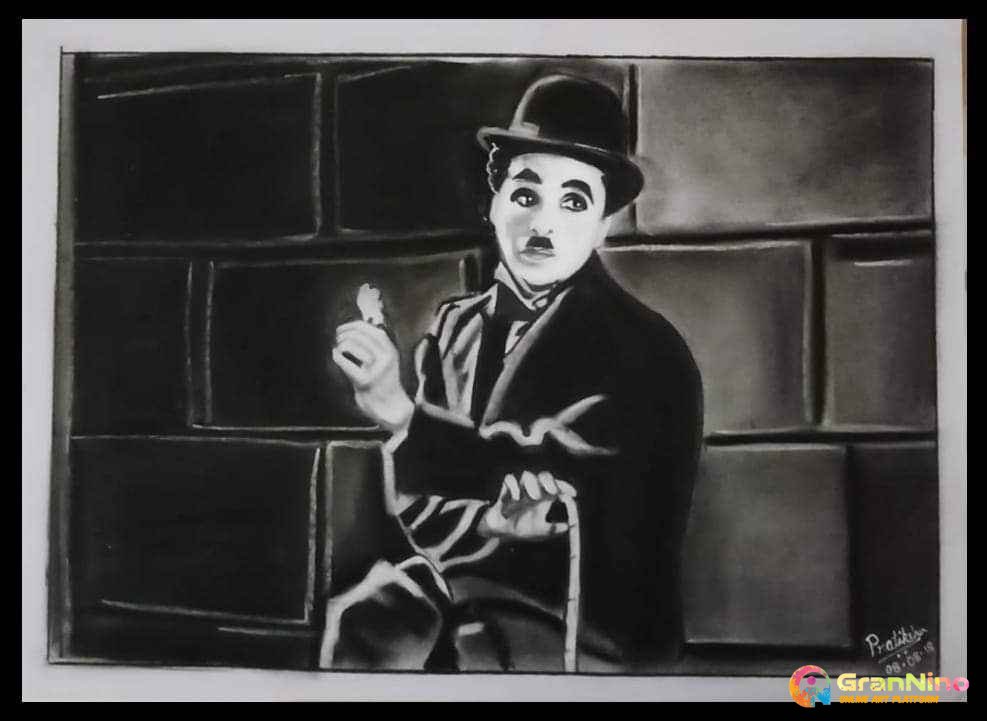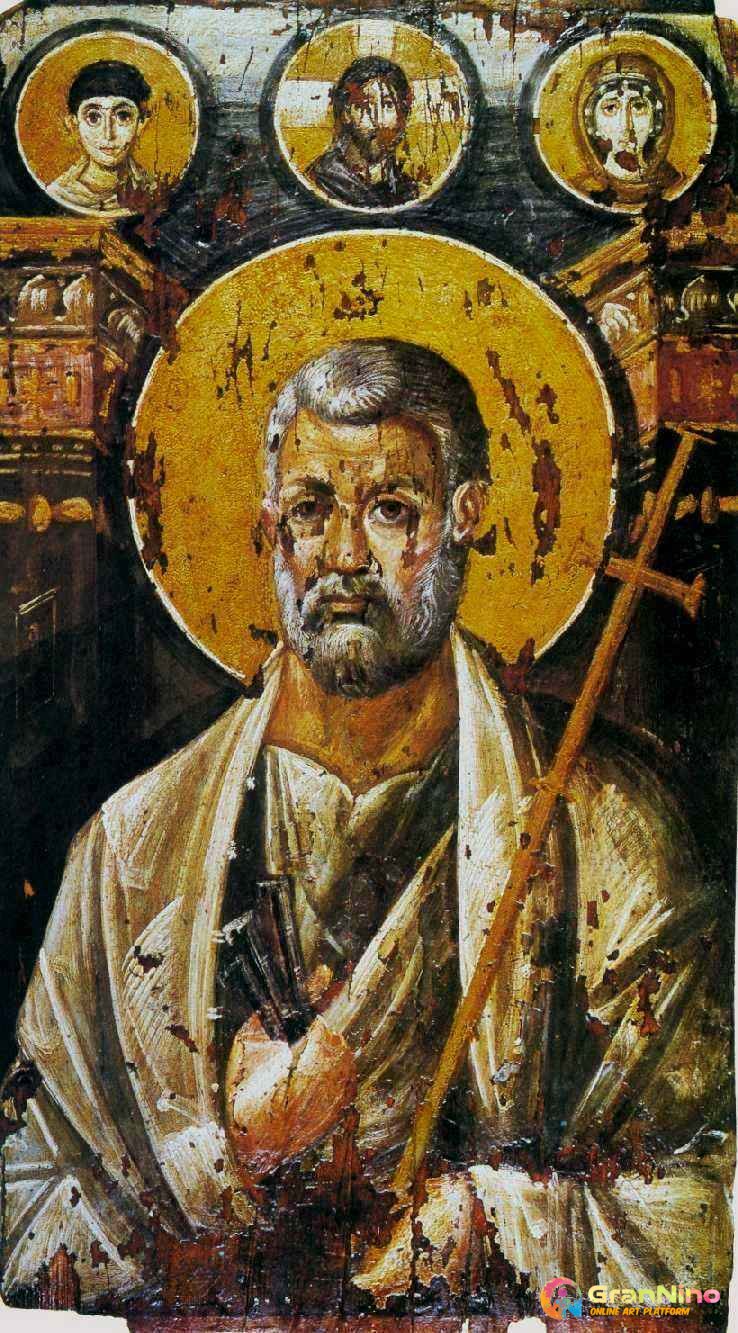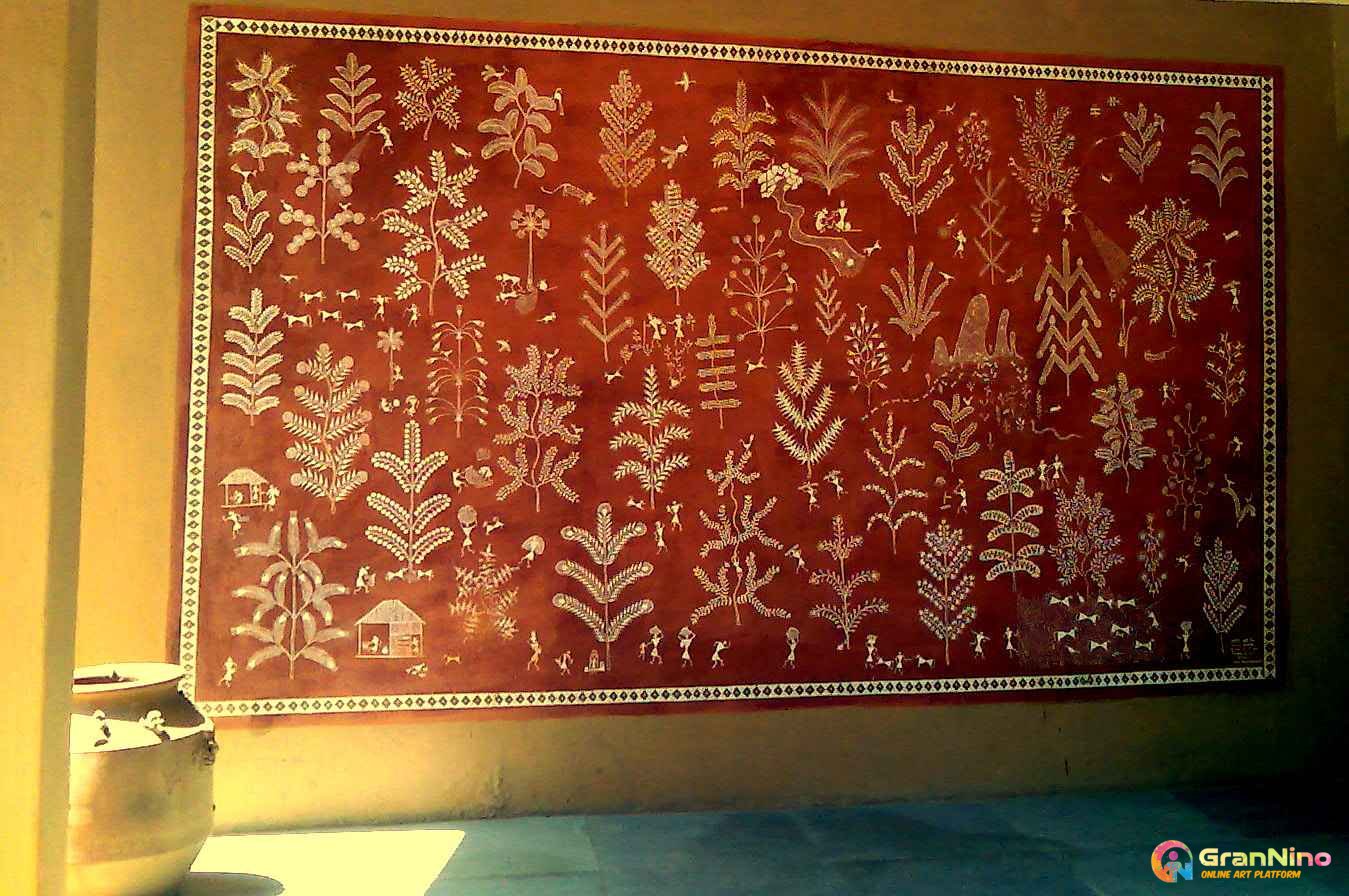Difference Between Charcoal Stick and Grahite Pencil
There is no known history of pencil sketching. But we have seen many artists get influenced by this type of paintings, those were Adonna Khare, Marco Mazzoni, Diego Fazio etc. Also there is a record of using oldest known pencil sketching by Simonio and Lyndiana Bernacotti around 1560 AD.
On the other hand, Artists are adopting charcoal painting, a fantastic painting method with many unique qualities. Charcoal may create exceptionally strong or brilliant black lines, explore higher contrast, and enable the development of artworks with visually rich tones.
The history behind the charcoal use as painting media is very ancient and as per evidence charcoal drawing can be traced back at least 30 thousand years ago. The modern charcoal drawing began somewhere in the 17th century. One of the first well known artists to utilize charcoal as a primary medium was Albrecht Durer, Robert Longo,William Kentridge, Dan Pyle etc.
On the contrary, For use in charcoal painting, charcoal sticks are made principally from binding agents like wax or gum and charcoal powder made from burned willow or grapevine. By eliminating the oxygen from the charcoal powder during the manufacturing process, it can occasionally be produced without the need of binders.
Charcoal is a crumbly, dry art medium made of finely ground organic materials that are bound together by gum or wax. It can also be formed without binders by depleting the material's oxygen content during the manufacturing process.
But, Charcoal can make extremely vivid or intense black lines, but they are challenging to completely erase. Artists can experiment with higher contrast and create works of art with rich tones by using charcoal. Because of its many useful qualities, including a scratchy feel that leaves a less lasting impression than other visual art media, these charcoal pencils are well-liked by artists. Here are some works of art created with charcoal.
In opposition, Fixatives are widely used in charcoal drawings to firm the position and stop dust from being erased or rubbed on the charcoal. Additionally, more varied results can be achieved by combining black and white charcoal in the form of pencils or powder.
Although, Because charcoal, particularly the powdered or stick form, is a dry material, it may be applied to almost any surface, from one that is smooth to one that is quite rough, such as paper, wood, canvas, etc. But similar to pencil drawing, paper is the most popular surface for charcoal painting. The fundamental drawback of charcoal as a medium is that it can be easily erased or smudged before being permanently fixed using glue or resin.
Instead, Professional artists employ a variety of charcoal products for their artwork, including sticks, crayons, powder, pencils, and more. Sticks, sometimes known as compressed charcoal, can be hard or soft, producing brilliant or black lines depending on their hardness. Pouncing—the technique of transferring patterns from one surface to another—and pattern creation both employ charcoal powders. Charcoal pencils are typically used for fine, crisp, and detailed sketching. They are made of compacted charcoal that is encased in a hardwood jacket.
Yet, Since the charcoal used in charcoal paintings is made from natural materials like willow or vine (usually grape vine), it is non-toxic and suitable as a vegan-friendly painting medium.
Article Details
Publish Date: 12/12/2021
Related Tags:
charcoal graphite work graphite pencil sketch idea graphite art painting charcoal graphite painting charcoal Sketch idea grahite color painting
Advertise Here Contact us

SUBSCRIBE TO OUR NEWSLETTER
Most Asked Questions:
- Q. How history is influenced by Pencil Sketch ?
- Answer: In Sketching a pencil is handled nearly like a brush, resulting in a paint like effect There is no known history of pencil sketching. But we have s....Read More
- Q. What is used to make Pencil Sketch?
- Answer: Although all pencils provide gray scale and shady color, but most commonly known pencils used for sketching is either Graphite or Charcoal pencil. Gra...Read More
- Q. How is the popularity of Pencil Sketch among Artists ?
- Answer: The potential of the graphite pencil to create a realistic and detailed sketch is widely recognised. The graphite pencil's smudging abilities will all...Learn More
- Q. Explain the difference between Pencil Sketch and Charcoal Painting ?
- Answer: Charcoal Painting is a new painting technique having diverse characteristics, that artists......, On the other hand, In Sketching a pencil is handled nearly.... Know More
- Q. Where can I buy Pencil Sketch (on Canvas) without commission?
- Answer: If you are looking for best Pencil Sketch for commission free purchase, you can check here.
- Q. How to sell Pencil Sketch online?
- Answer: If you are looking for best place to exhibit and selling Pencil Sketch , you can try GranNino. GranNino provides free art exhibition and commission free art selling.




















